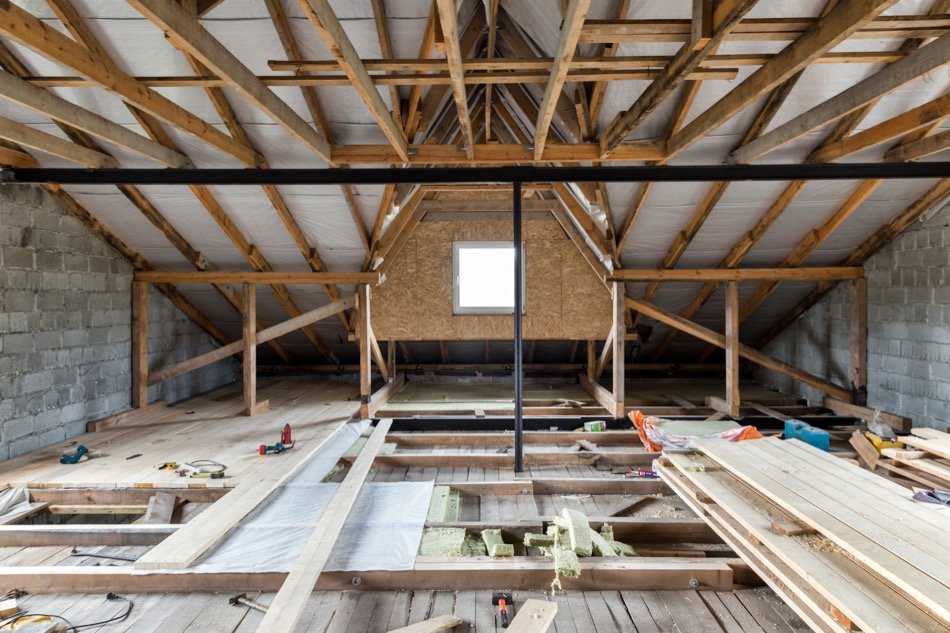Dreaming of a Home Addition? What Owners Must Consider First
Posted by Edmonton Homes.ca on Wednesday, September 1st, 2021 at 8:56am.
 Constructing a Central Edmonton home addition is an ideal way to increase the square footage of an existing home for more storage or livable space. Home additions approached wisely can also increase property values, but failure to think things through from start to finish could result in a costly mess. Check out these tips for a streamlined project.
Constructing a Central Edmonton home addition is an ideal way to increase the square footage of an existing home for more storage or livable space. Home additions approached wisely can also increase property values, but failure to think things through from start to finish could result in a costly mess. Check out these tips for a streamlined project.
Hire Professional Contractors for Home Additions
Even homeowners who are master carpenters themselves should consider getting the assistance of designers, architects and professional contractors on board right away. There are just too many aspects of such projects for a complete DIY such as permitting, utility access, and ensuring the primary structure is suited for a home addition. Save time, money and sanity—hire professional local construction experts.
Is the Home's Structure Suitable for an Addition?
The absolute primary step is to explore whether the addition will work with the home's current structure. Structure is also pivotal in determining if the type of add-ons will be feasible. Accurate drawings of the home must be assessed to consider framing and access for utilities.
However, a big question will be whether the addition can be supported sufficiently when attached to the home. This is answered through additional queries, including:
- How sturdy are walls near the planned place of the new addition?
- Will a new foundation need to be installed?
- Is the home multiple-storied?
- Where will the addition attach to the primary structure (walls, floor, roof)?
- Will any major systems require retrofitting or new installations?
- Does the structure's integrity require temporary supports during construction?
These details will help contractors and owners calculate accurate estimates, which can be the final factor in determining if the project is worthwhile.
Check Local Building Permit and Coding Requirements
If moving forward, the next steps involve exploring and obtaining licensing and permits and meeting local coding regulations. Depending on which province and city the property is located within, there will be specific guidelines that may vary widely. As a general rule, prepare at minimum to be expected to meet any regulations set by the National Building Code of Canada.
By taking these actions before finalizing any design plans, owners won't waste time dreaming about unrealistic home additions. Prepare to face urban planning rules that may require architectural approval and dictate limitations on aspects such as size, height, siding materials, energy standards and dimensions. Substantial publications and forms concerning compliance are available online through local government resources.
Don't Forget Home Addition Construction ‘Extras'
Additions that will serve as livable space will require much more interior finishing than one that will only be for storage or a single-purpose utility room. This is another aspect of home addition construction that residential contractors can assist with, as they have access to discounted materials. Some extras to keep in mind when estimating project costs and time constraints include:
- The need for new or updated systems such as electrical panels, heating and cooling, and sump pumps if a bath or spa area is planned.
- Whether the foundation with need to be built up or strengthened.
- Evaluating soil and gradient levels for stability.
Buy Construction Insurance
With the plans and permits all aligned, homeowners need to contact their insurance providers to ensure that any incidents during the construction will be covered. If not, buying a temporary supplemental policy is absolutely essential to protect property and provide liability coverage. From here, the only thing left to do is get financially and emotionally prepared to start your dream home addition project.

